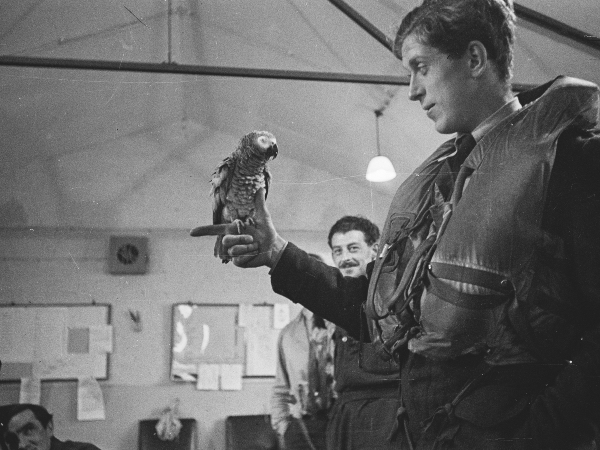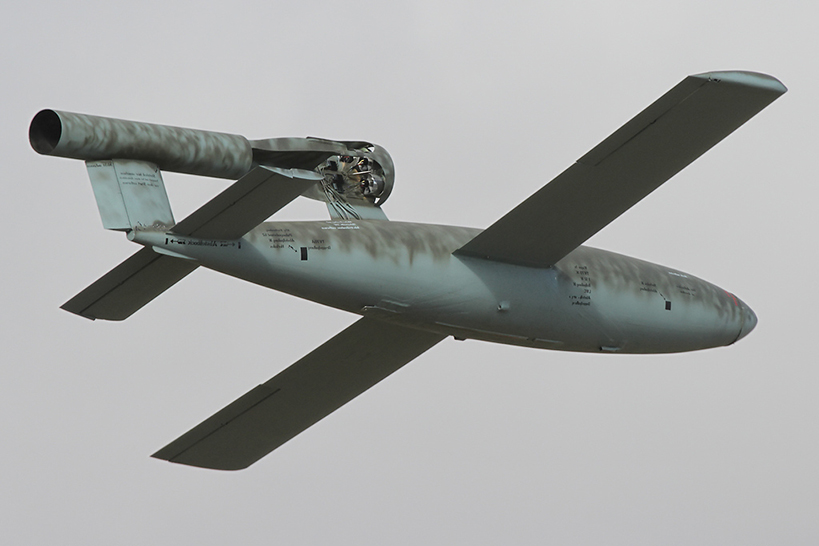Plesman, Jan Leendert
- Date of birth:
- December 18th, 1919 (Gouda, The Netherlands)
- Date of death:
- September 1st, 1944 (St. Omer, Département Pas de Calais, France)
- Nationality:
- Dutch
Biography
Jan Leendert Plesman is born in Gouda as second child of four in Total out of the marriage of Susanna van Eijk en Albert Plesman, founder of the KLM.
Aviation forms such a part of his childhood that it isn’t strange that like his elder brother Hans, Jan also decides to become pilot with the KLU.
After studying at Haamstede, he was attending the follow-up course at De Vlijt (Texel) when war broke out. He never saw much of the May-war. Jan couldn’t cope with the capitulation. On September 30 he and his friend and second lieutenant with the LuVA Geert Overgaauw cycles en route to France. Via Paris where a KLM representative puts them up, they succeeded in reaching Perpignan. Mid April 1941 a guide led them trough the Pyrenees and short while later they arrived in Madrid. After three months they cross the Spanish border and find themselves in Portugal. Here they fly by DC3 – flown by Parmentier- and at last reach Bristol.
In England, Jan Plesman joins RAF Terhill. I’ts August 21, 1941. His training continues: Miles Master, Hurricane and finally the Spitfire. On December 23 he makes his first solo flight with this fighter. In his diary he complains about his stay in leaking tents on the airfield. German prisoners got better housing. He blamed the Dutch Government for it.
On March 28, Jan like all other Dutch airmen of a British RAF Squadron makes his first operational flight. It wouldn’t be not earlier than June 12, 1943 that No. 322 (Dutch) Squadron would be formed. Plesman included, who could be called a experienced fighter with over 100 sorties over the Channel and the main land of Europe and 500 flying hours on the Spitfire, was a part of this still famous squadron
Although experienced, Plesman still hadn’t made a confirmed kill. With the V-1 this would change. In total Plesman would destroy a total of twelve V-1’s in 1944. From July 7, 1943 until his death he’s Flight Commander of the B-flight.
On September 1, 1944, over France near St. Omer he is shot down. Plesman was hit at a proximately 11.20 by flak, hidden in a forest south of Hazebrouck. The tail of his Spitfire was shot clean off. From an altitude of 3,000 feet the fighter dived vertically down and pounded into the earth. It is believed that Plesman himself also was hit. Another two fighters were lost on that terrible day.
After St. Omer was liberated by the Allied forces, late 1944, a brief investigated took place to localise the site where Jans Spitfire was disappeared. All without result.
Plesman's corps never was salvaged. Albert Plesman, Jan's Father futilely went to St. Omer after the war. On his questions were no answers to give.
The opportunities to find the aircraft are still there. His name is mentioned on a commemorative plaque on the Dutch cemetery of Orry-la-Ville. of the Dutch War Graves Commission. This is also to be found on a oak shrine in the chapel of the cemetery Loenen. Finally he is remembered on the Runnymede Memorial.
Jan was awarded posthumous with the Croix de Guerre by the French Government. His father welcomed the French ambassador at his home who handed him the decoration.
His brother, Albert Plesman jr. wrote a book on Jan: 'Jan Plesman, a Flying Dutchman'.
Do you have more information about this person? Inform us!
- Period:
- Second World War (1939-1945)
- Awarded on:
- January 6th, 1944
Royal Decree No. 8, 6th January, 1944.
- Period:
- Second World War (1939-1945)
- Awarded on:
- June 19th, 1943
By Royal decree no.4 of October 01, 1942.
Sources
- Photo 1: Ernst Goedhart
- - Genealogieonline.nl
- Oorlogsgravenstichting
- The Dutch Medals Page
- De Slag om de Grebbeberg en Betuwestelling in mei 1940
- European Air Force
- De Nederlandse luchtmacht in mei 1940
- De Bezetting deel 17: Nederlanders in de vrije wereld
- Plesman, J.L. | Onderscheidingen | Defensie.nl







